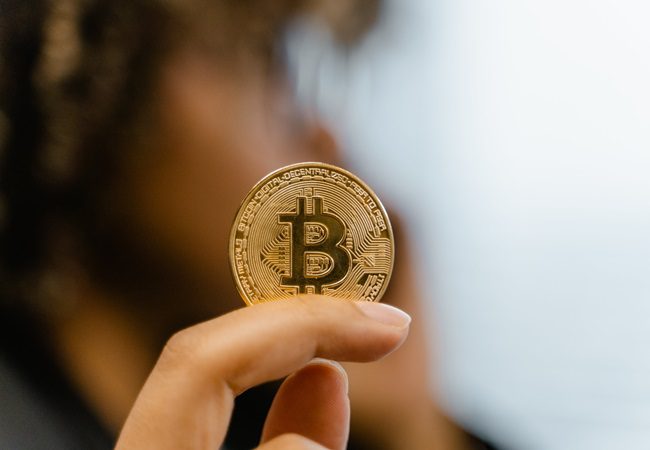Introduction:
In the ever-evolving landscape of the cryptocurrency market, altcoins are emerging as key players, presenting investors with a myriad of opportunities beyond the dominant Bitcoin. The year 2024 marks a pivotal moment as altcoins gain traction, influencing the dynamics of the entire digital currency ecosystem. This comparative study delves into the factors contributing to the rise of altcoins and analyzes their impact on the Bitcoin market.
The Evolving Altcoin Landscape:
As the cryptocurrency market matures, altcoins have become increasingly sophisticated, offering unique features and functionalities. Unlike Bitcoin, which functions primarily as a digital store of value, altcoins such as Ethereum, Ripple, and Litecoin serve diverse purposes, ranging from smart contracts to cross-border transactions. This diversity has attracted a broader spectrum of investors, expanding the market beyond Bitcoin enthusiasts.
Decentralization and Innovation:
One of the key drivers behind the ascent of altcoins is their emphasis on decentralization and innovation. Unlike Bitcoin, which operates on a proof-of-work consensus mechanism, many altcoins leverage alternative consensus algorithms such as proof-of-stake and delegated proof-of-stake. These innovations not only enhance security but also address scalability issues, making altcoins more adaptable to the evolving needs of the market.
Smart Contracts and DeFi:
Ethereum, often considered the pioneer of smart contracts, has paved the way for a new era of decentralized finance (DeFi). Altcoins are capitalizing on this trend, offering advanced smart contract capabilities that enable complex financial transactions without intermediaries. The rise of decentralized applications (DApps) built on altcoin platforms is reshaping the financial landscape, providing users with more efficient and transparent alternatives to traditional banking systems.
Cross-Border Transactions and Speed:
Altcoins are gaining prominence in the realm of cross-border transactions, challenging Bitcoin’s dominance in this area. Ripple, with its focus on facilitating fast and low-cost international transfers, has become a significant player in the market. Altcoins offer quicker transaction confirmation times and lower fees compared to Bitcoin, making them more appealing for everyday transactions.
Market Fragmentation and Diversification:
As the cryptocurrency market expands, it is experiencing increased fragmentation and diversification. New altcoins are regularly introduced, each with its unique value proposition. This diversification provides investors with a broader range of options, reducing the dominance of Bitcoin as the sole investment choice. A diversified market is essential for long-term sustainability and resilience against market fluctuations.
Regulatory Considerations:
The regulatory landscape has a profound impact on the cryptocurrency market. While Bitcoin has faced scrutiny and regulatory challenges, altcoins are navigating this terrain more adeptly. Some altcoins, such as Binance Coin and Chainlink, have proactively worked with regulators to establish compliance frameworks, mitigating risks associated with regulatory uncertainties. This proactive approach enhances investor confidence and contributes to the growing acceptance of altcoins.
Market Capitalization and Investment Opportunities:
The market capitalization of altcoins is steadily increasing, reflecting a growing interest from institutional and retail investors. As investors seek opportunities beyond Bitcoin, altcoins offer a diverse range of investment options with the potential for substantial returns. The emergence of altcoin-focused investment funds and indices further validates their status as a viable investment class.
Challenges and Risks:
While altcoins present compelling opportunities, they are not without challenges and risks. The volatility of the cryptocurrency market, coupled with the nascent stage of many altcoins, exposes investors to higher risks. Security vulnerabilities, regulatory uncertainties, and market sentiment can significantly impact the value and stability of altcoins. Investors must conduct thorough research and exercise caution when navigating the diverse altcoin landscape.
Conclusion:
The comparative study of the Bitcoin market in 2024 highlights the rising influence of altcoins in reshaping the cryptocurrency ecosystem. From their emphasis on decentralization and innovation to their role in facilitating smart contracts and decentralized finance, altcoins are diversifying the market and providing investors with new opportunities. As the cryptocurrency landscape continues to evolve, it is clear that altcoins are here to stay, challenging the dominance of Bitcoin and contributing to a more vibrant and dynamic digital currency ecosystem. Investors and enthusiasts alike must stay vigilant, navigating the challenges and risks inherent in this rapidly changing market.



































